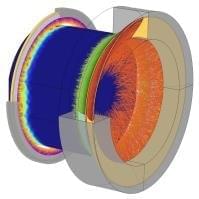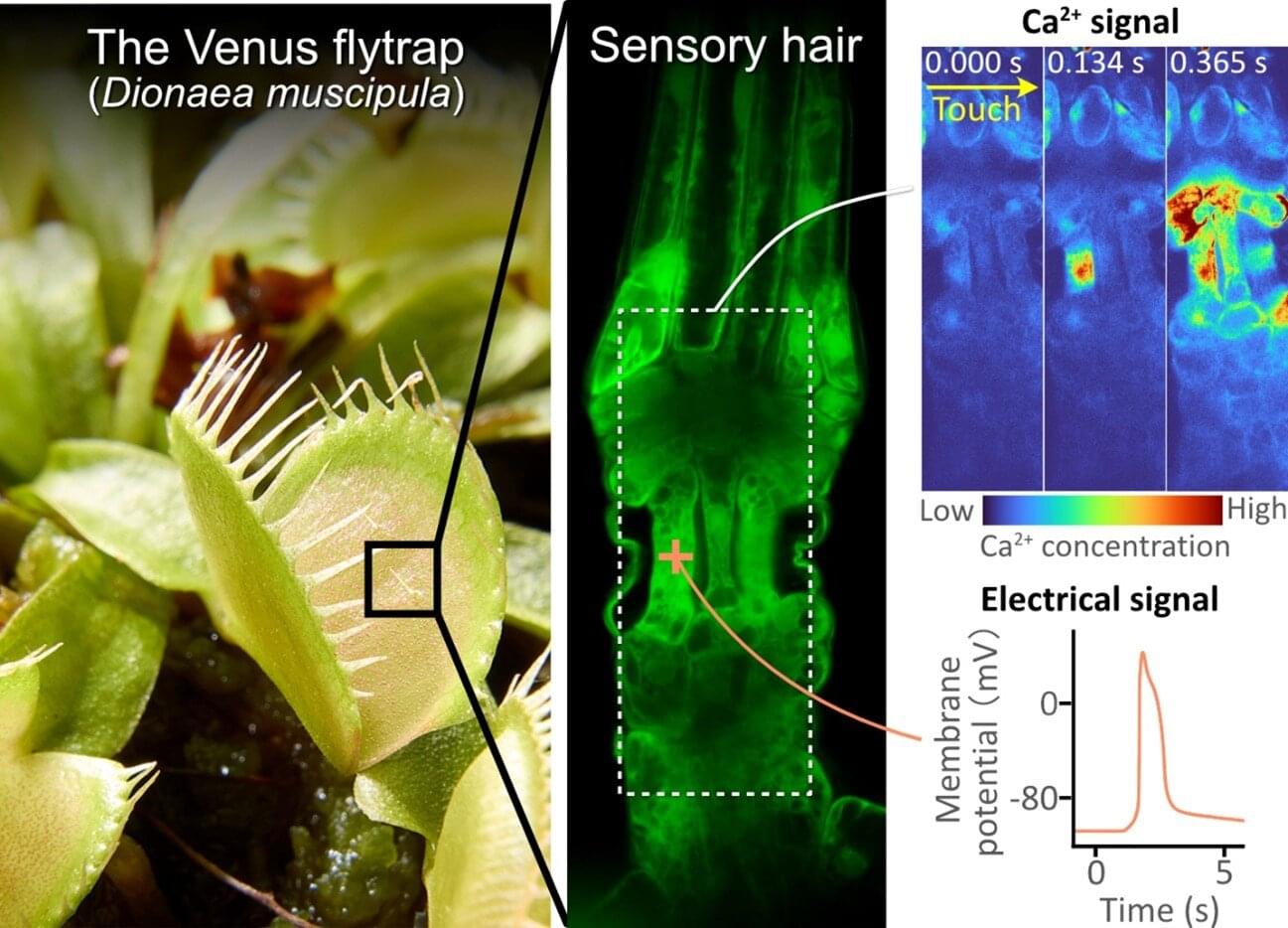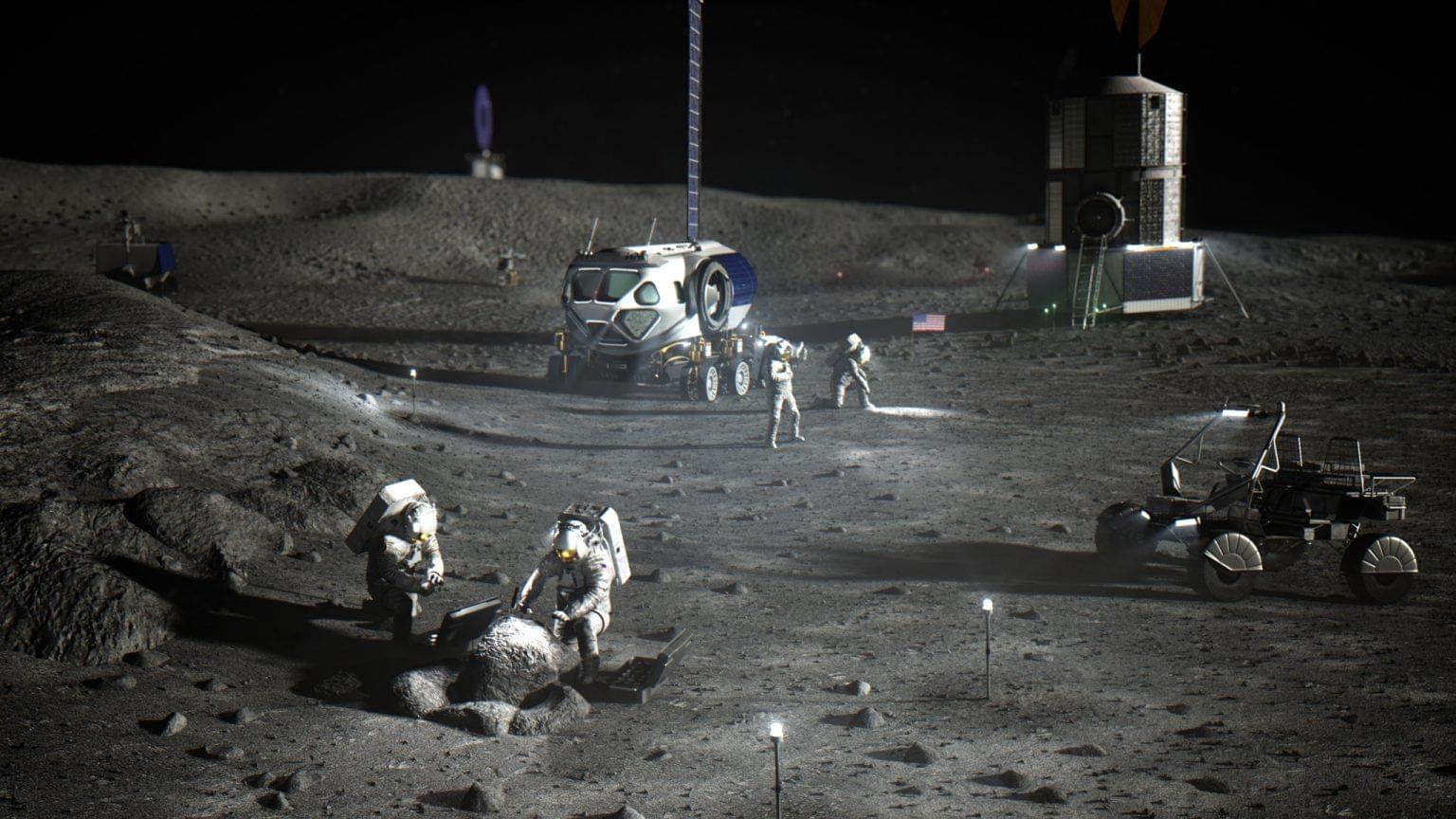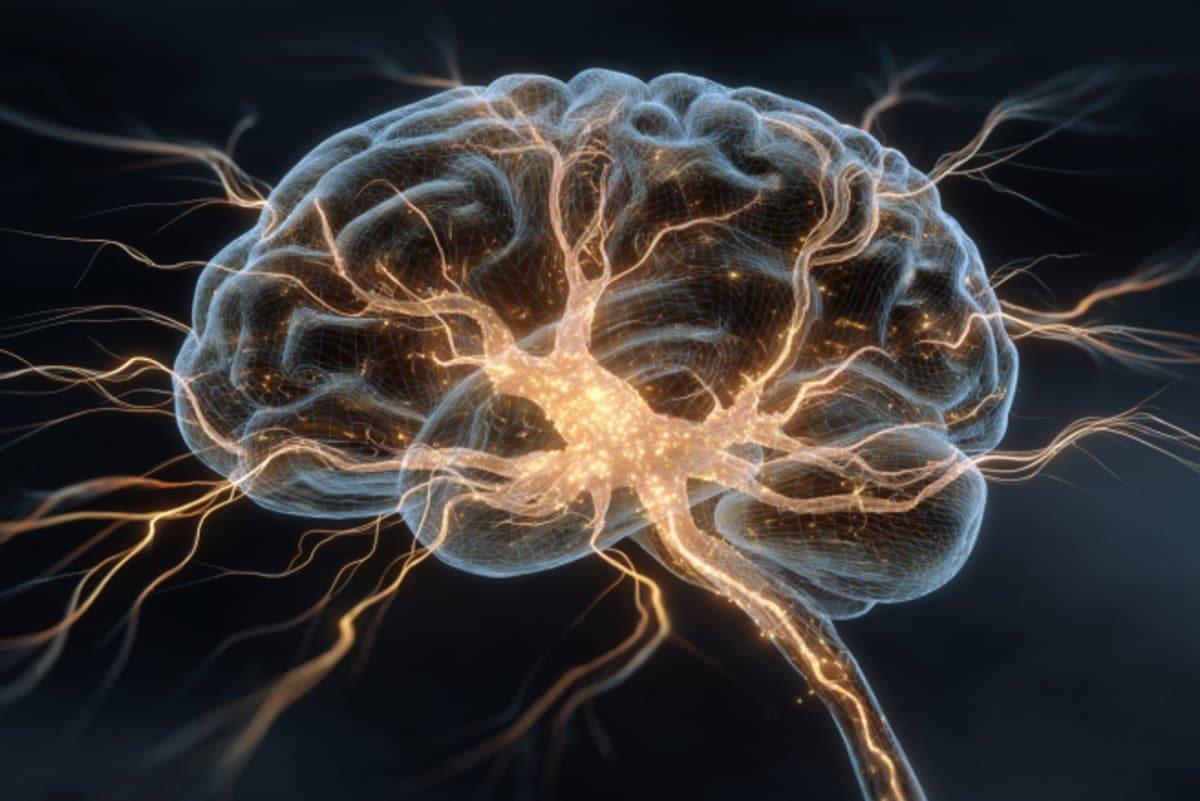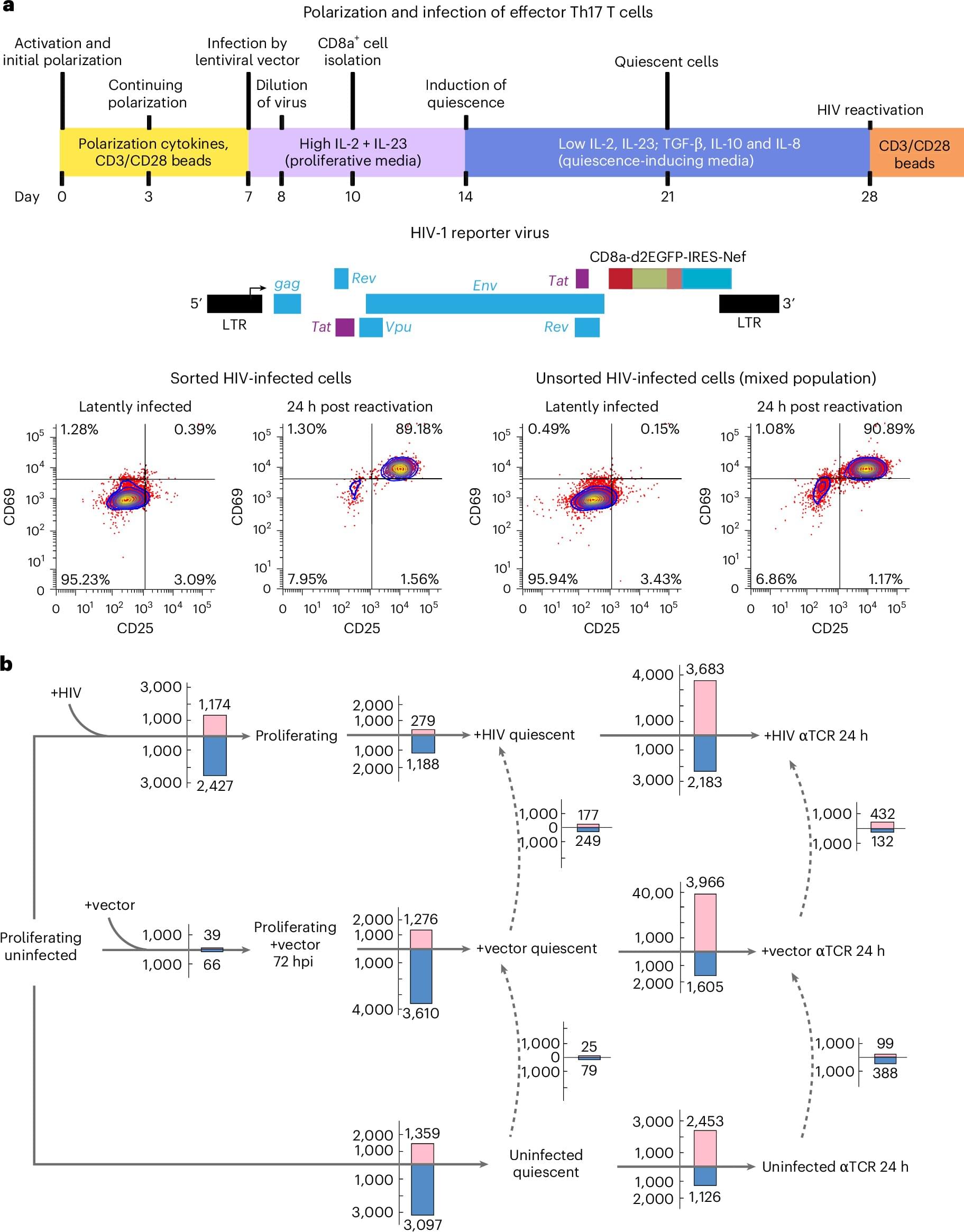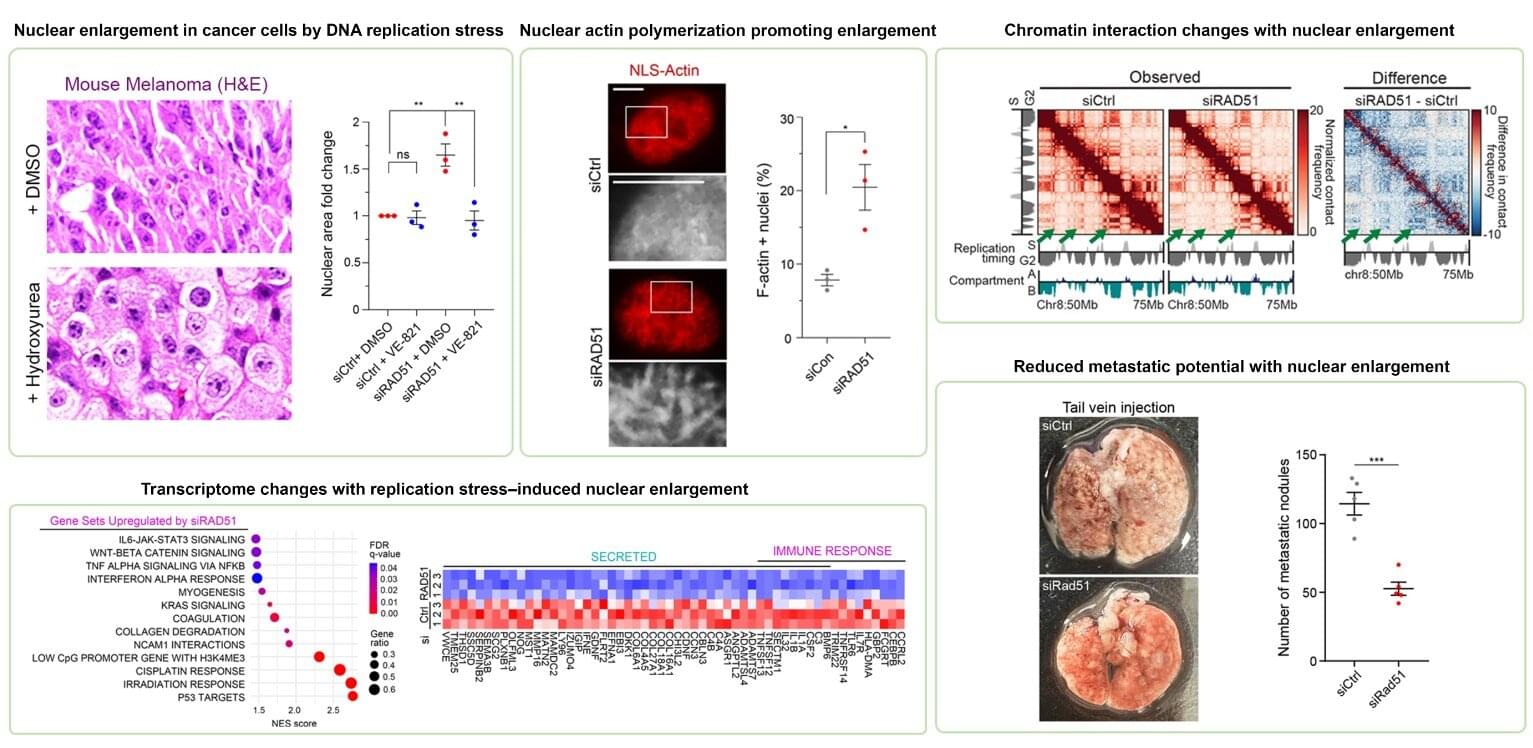The universe is beyond immense, and yet it might be nothing more than a tiny dot beside the rest of reality.
Support us on Patreon: / isaacarthur.
Support us on Subscribestar: https://www.subscribestar.com/isaac-a… Group: / 1,583,992,725,237,264 Reddit:
/ isaacarthur Twitter:
/ isaac_a_arthur on Twitter and RT our future content. SFIA Discord Server:
/ discord Credits: Exploring The Multiverse Originally aired as Episode 462b; September 1, 2024 Produced, Written & Narrated by: Isaac Arthur Editors: Thomas Owens Select imagery/video supplied by Getty Images Music Courtesy of Epidemic Sound http://epidemicsound.com/creator Stellardrone, “Red Giant”, “Ultra Deep Field” Sergey Cheremisinov, “Labyrinth”, “Forgotten Stars” Taras Harkavyi, “Alpha and…“
Facebook Group: / 1583992725237264
Reddit: / isaacarthur.
Twitter: / isaac_a_arthur on Twitter and RT our future content.
SFIA Discord Server: / discord.
Credits:
Exploring The Multiverse.
Originally aired as Episode 462b; September 1, 2024
Produced, Written & Narrated by: Isaac Arthur.
Editors: Thomas Owens.
Select imagery/video supplied by Getty Images.
Music Courtesy of Epidemic Sound http://epidemicsound.com/creator.
Stellardrone, \


